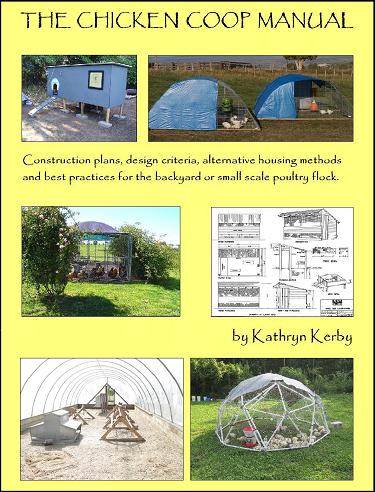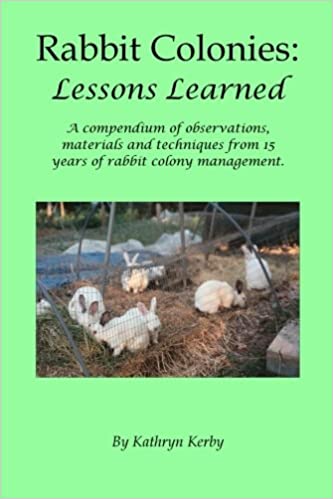Triple-Purpose Cattle
and their roles on the farm
Many, many farms keep cows for their meat and/or milk production. And they are certainly excellent producers of both. However, our cows have a variety of jobs on the farm, jobs that none of our other animals can do quite as well as they can. Here's a partial list of our cows' work load:
* Land building. Our farm sits on the side of a hill, and the topography is very uneven. We hardly have a flat spot on the property. So our cows are land-builders. We accomplish this by housing the cows in a small yards and feed them their hay on the ground. The combination of waste hay, manure and bedding can build up very quickly, and will fill in any low spots we happen to have in that yard. When their current yard ground level has been sufficiently built up, we move them to another yard and the cycle begins again.
* Animal feed. We are not yet licensed for retail milk sales, but our cows' milk is used in a wide variety of ways. We save colostrum after each calf's birth which can be used as substitute colostrum for youngsters of other species. Our pigs also thrive on cow's milk as a valuable source of calories, protein and other nutrients that are costly to provide from other sources.
* Soil innoculation. Soils are living, breathing collections of macro- and micro-organisms. When starting with bare or abused ground, sometimes that ground needs to be innoculated with new bacterial cultures. Cow manure, well managed, can give soils a potent boost of both microorganism populations as well as organic matter. Combine that with the right ratio of carbon-rich bedding, and cows can lay down a sheet of living compost wherever they go. You can't buy that kind of soil fertility, not at any cost.
* Heat production. Cattle are basically walking compost piles. An individual cow's rumen volume is considerable, and the heat she puts out is also considerable. In cool or cold climates like we have, that heat source can make a nice difference in winter housing conditions. If other animals or plants are housed in connected housing, they can benefit from that heat source indirectly.
*
Animal Power We are actively exploring alternatives to conventional, petroleum-driven power sources on the farm. Oxen-drawn implements, treadmills, and various harnessing methods can provide tremendous, practical, cost-effective power to farming, logging, milling and household power needs. Our
animal power page provides more details, as well as updates on our particular efforts.
Our Successful Farming and Ranching Books

We released our very first self-published book. The Chicken Coop Manual in 2014. It is a full color guide to conventional and alternative poultry housing options, including 8 conventional stud construction plans, 12 alternative housing methods, and almost 20 different design features. This book is available on Amazon.com and as a PDF download. Please visit The Chicken Coop Manual page for more information.

Rabbit Colonies: Lessons Learned
We started with rabbits in 2002, and we've been experimenting with colony management ever since. Fast forward to 2017, when I decided to write another book, this time about colony management. The book is chock-full of practical information, and is available from both Amazon and as a PDF download. Please visit the Rabbit Colonies page for more information.
The Pastured Pig Handbook
We are currently working on our next self-published book: The Pastured Pig Handbook. This particular book addresses a profitable, popular and successful hog management approach which sadly is not yet well documented. Our handbook, will cover all the various issues involved with pastured hog management, including case studies of numerous current pastured pig operations. If you have any questions about this book, please Contact Us.

Weblog Archives
We published a farm blog between January 2011 and April 2012. We reluctantly ceased writing them due to time constraints, and we hope to begin writing them again someday. In the meantime, we offer a Weblog Archive so that readers can access past blog articles at any time.
If and when we return to writing blogs, we'll post that news here. Until then, happy reading!




